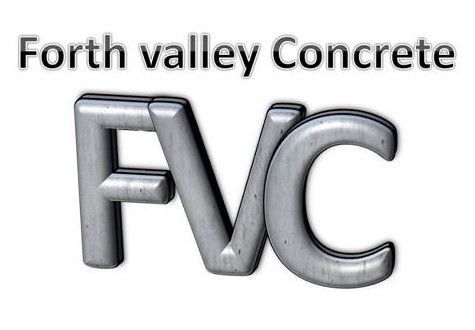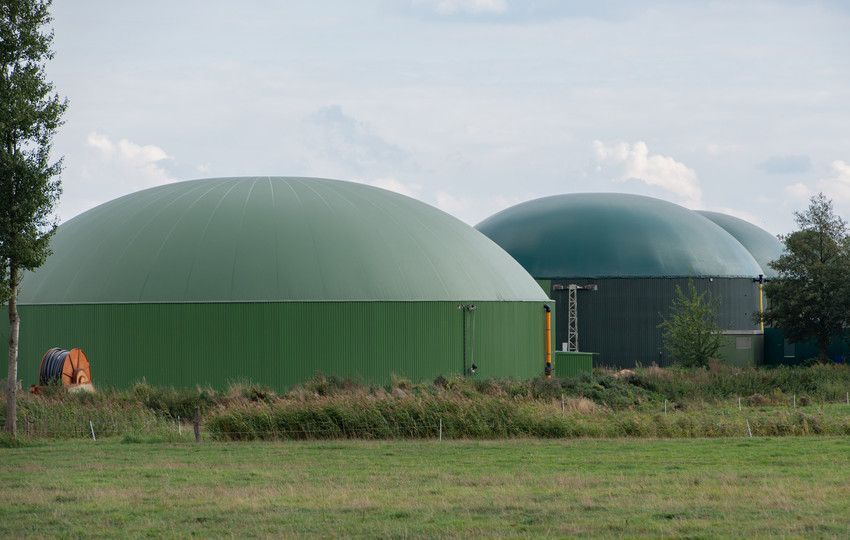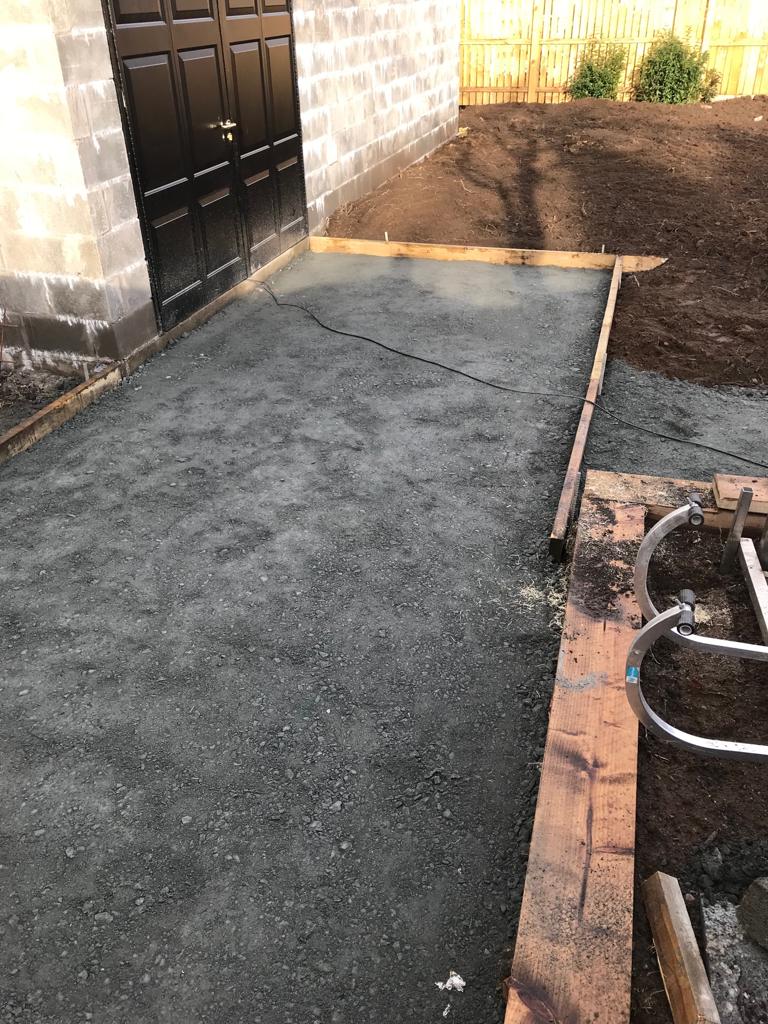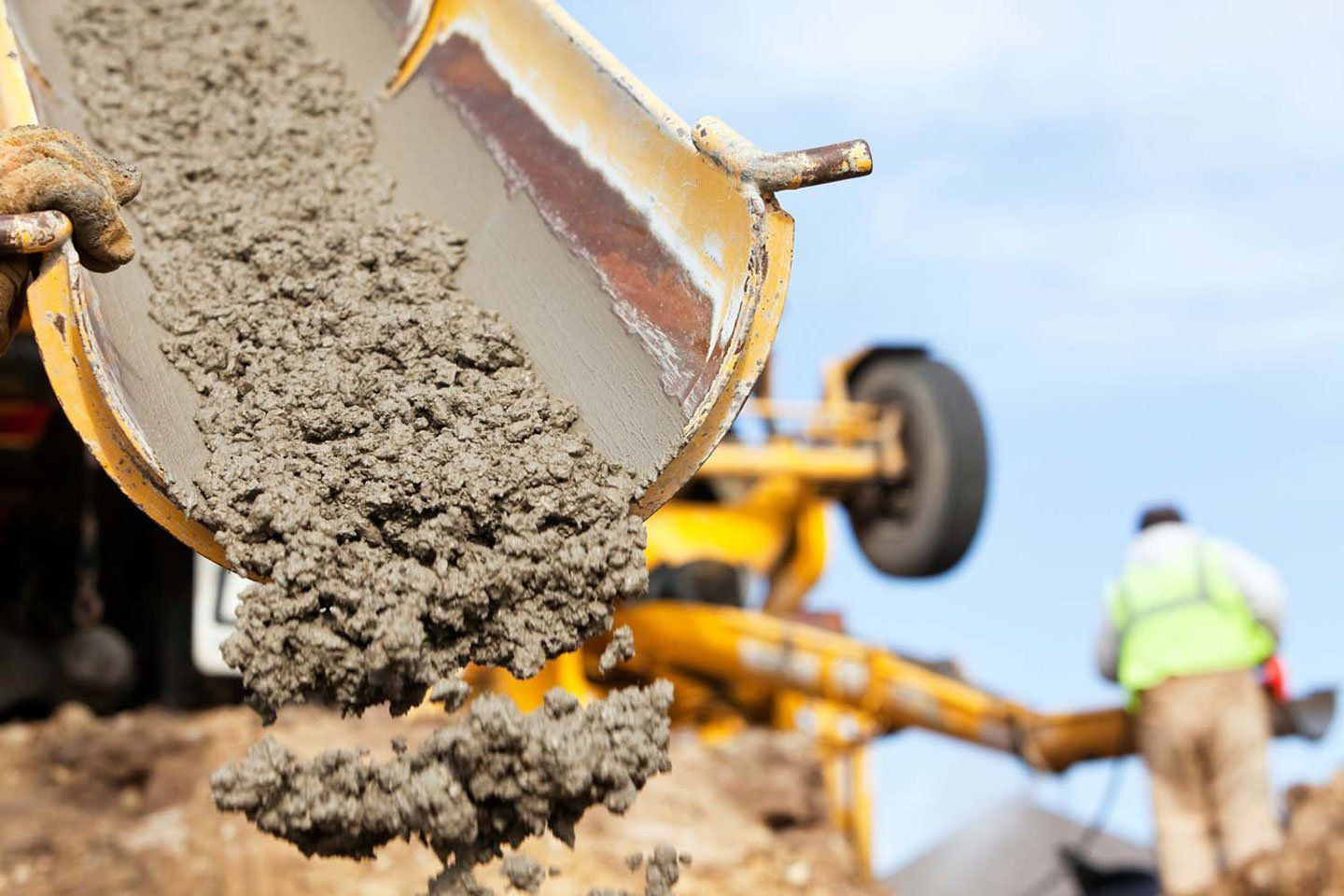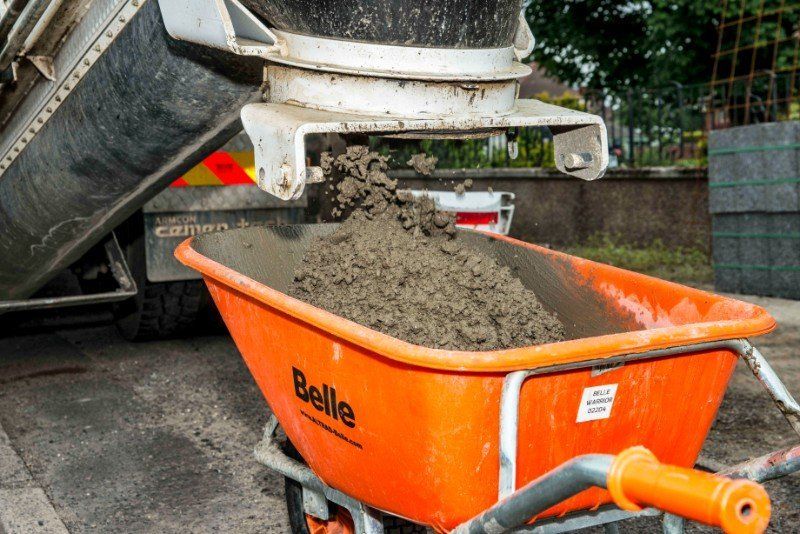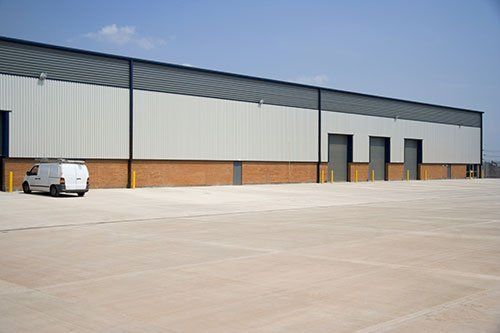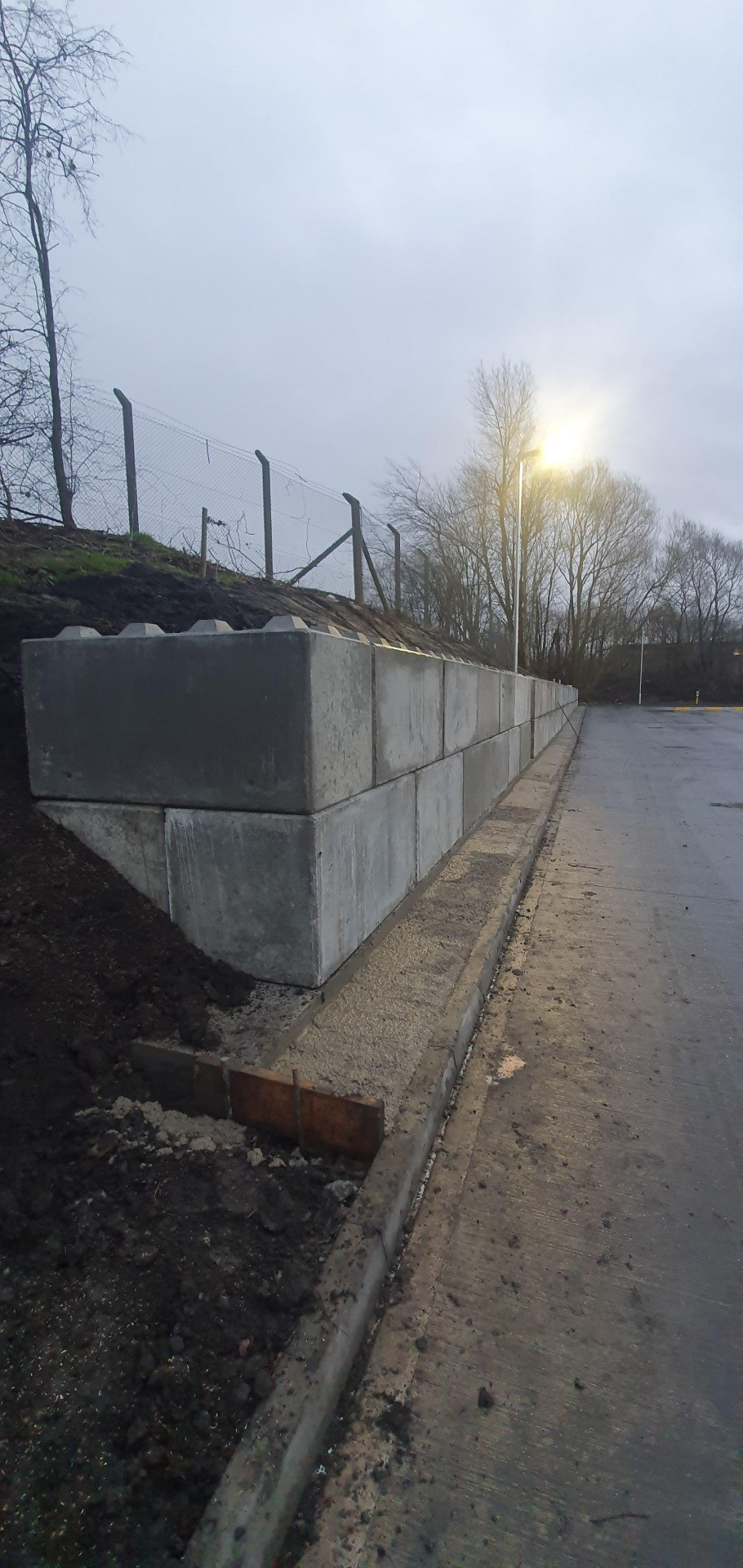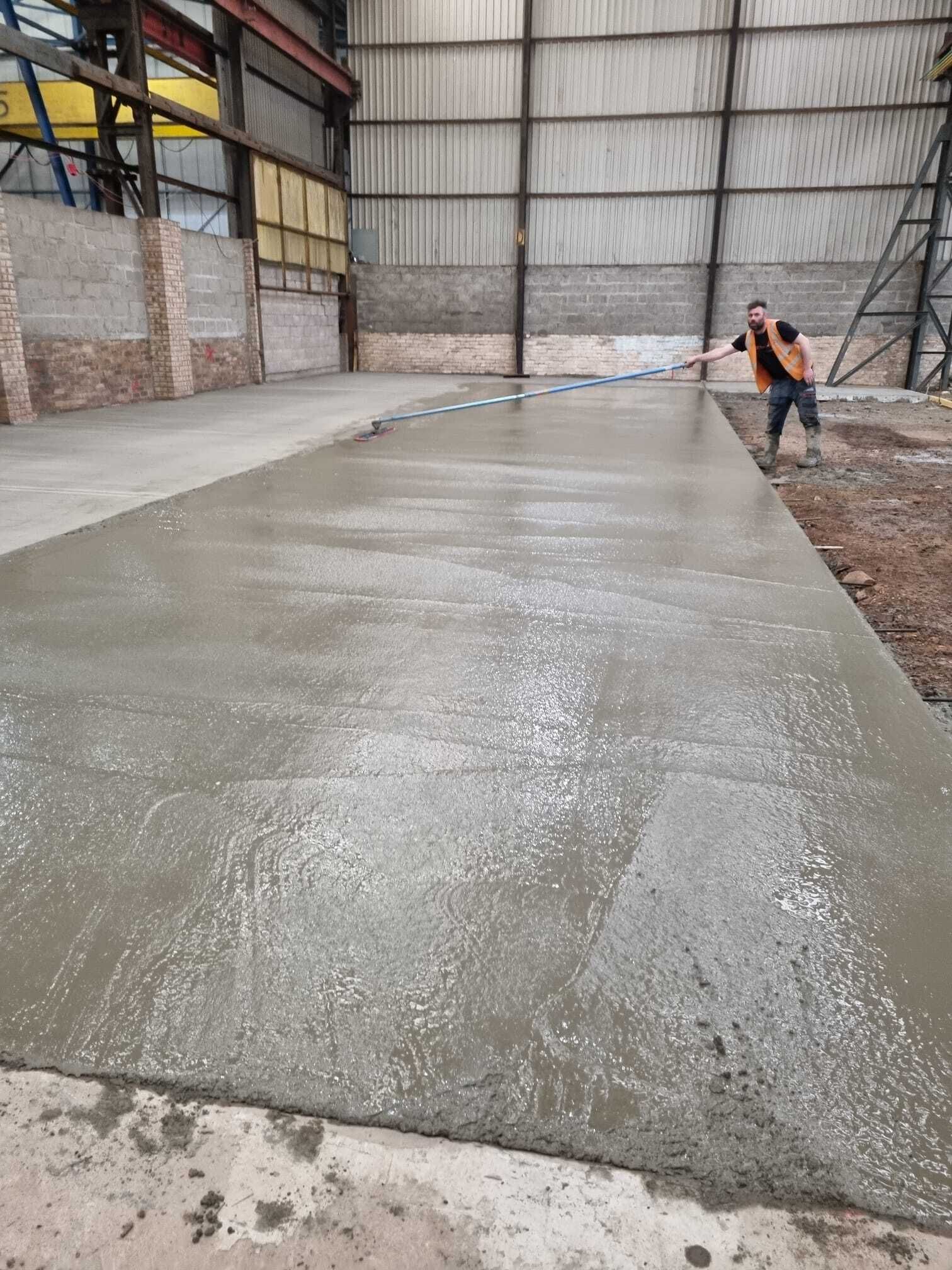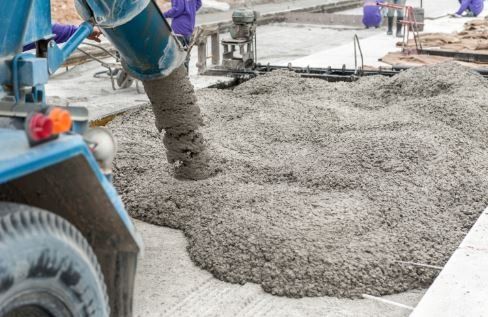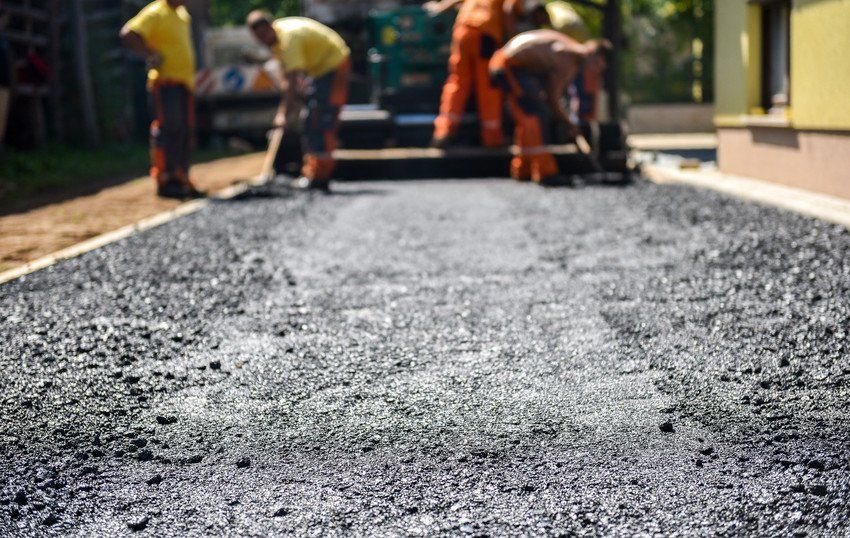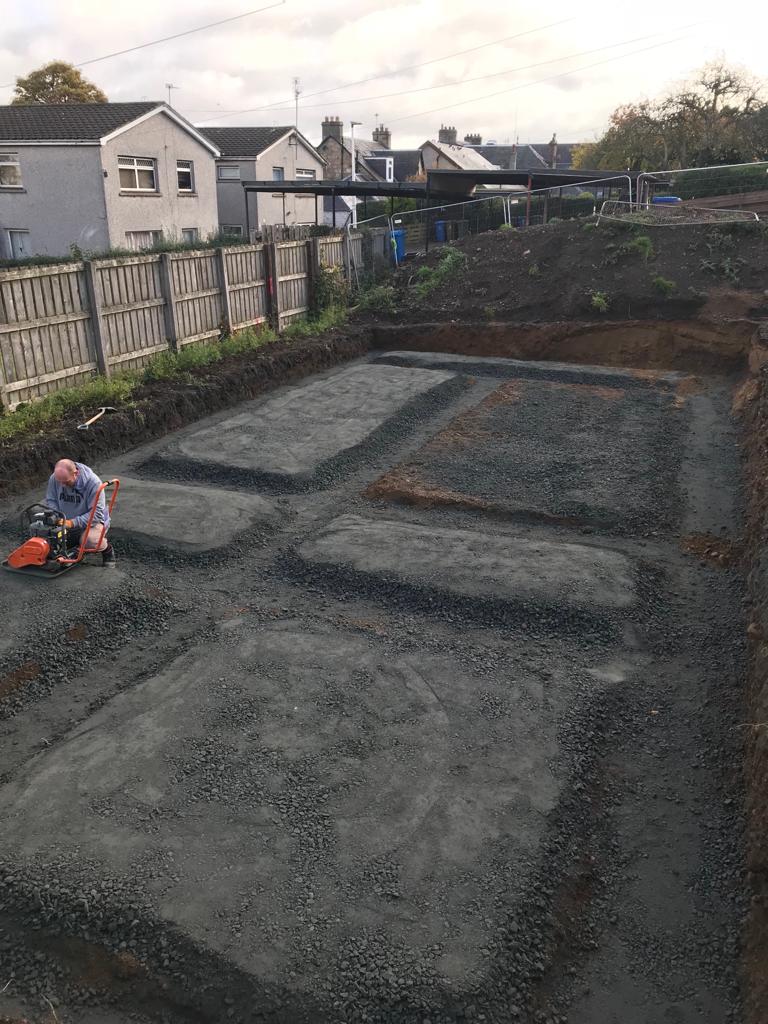The Differences Between Modern Concrete and Roman Concrete
When it comes to the ‘concrete hall of fame’, Roman concrete certainly makes a star appearance. Known for its durable properties that allow it to withstand the test of time (especially when in contact with water), hence the amazingly preserved quality of buildings such as the Pantheon, the Colosseum and the Roman Baths, Roman concrete differs greatly from the concrete we use today.
We’ve listed some facts about Roman concrete and how it was used, explaining how this differs from the modern concrete used today.
Roman Concrete…
Is Made of Volcanic Ash
Modern concrete is made using a mixture of water and Portland cement, which is made from limestone and clay or other silicate mixtures, and additional aggregates. Portland cement is the most widely used ingredient in modern concrete due to the widespread availability of the materials that comprise it, which are also low-cost - making it an affordable building material.
As for Roman concrete, the Romans were lucky in that they had access to volcanic rock and ash. This volcanic ash was mixed with lime to bind large rock fragments (the use of these larger aggregates is also what allowed Roman concrete to be laid instead of poured like modern concrete is, which uses finer aggregates). It is the mixing of these two materials that makes Roman concrete so strong, especially when in contact with water, which we will go on to discuss more next.
Gets Stronger Over Time
As we stated, Roman concrete was made using a mixture of volcanic ash and quicklime. The volcanic ash in question is known as pozzolana, which contains silica in reactive form, and it is this that is the reason why Roman concrete is so durable.
When pozzolana comes into contact with water, a chemical reaction occurs that results in the formation of cementing compounds. Since Roman cement was made by binding together larger pieces of aggregate, there would be gaps within the cement - these gaps would then be filled with these cementing compounds once the chemical reaction took place, allowing the cement to become stronger and more structurally sound.
This is what allows Roman concrete to be so long lasting and why it was used in particular for building structures out at sea (i.e. bridges and sea walls), as the more contact it has with water overtime, the stronger it becomes, whilst the opposite is true for modern concrete, which will erode over time with prolonged exposure to seawater.
You may wonder why we don’t use Roman concrete today if that is the case; well, one of the reasons as to why is because, although it gets stronger over time and withstands erosion from water, when this cement is still young and has not had time to develop its strength from seawater, it likely does not have the compressive strength to handle modern use.
Forth Valley Concrete
If you require concrete to use as part of your construction business, Forth Valley Concrete is the concrete supplier you need. We offer both ready mix commercial concrete and concrete blocks available for delivery.
Get in touch with us today for your free quote and to arrange your concrete delivery.
